This is why many Indian children from low-income households struggle with English
Orality -- a combination of verbal communication and non-verbal communication -- is the key. If children don’t learn to communicate well in early childhood, odds are they will struggle in school
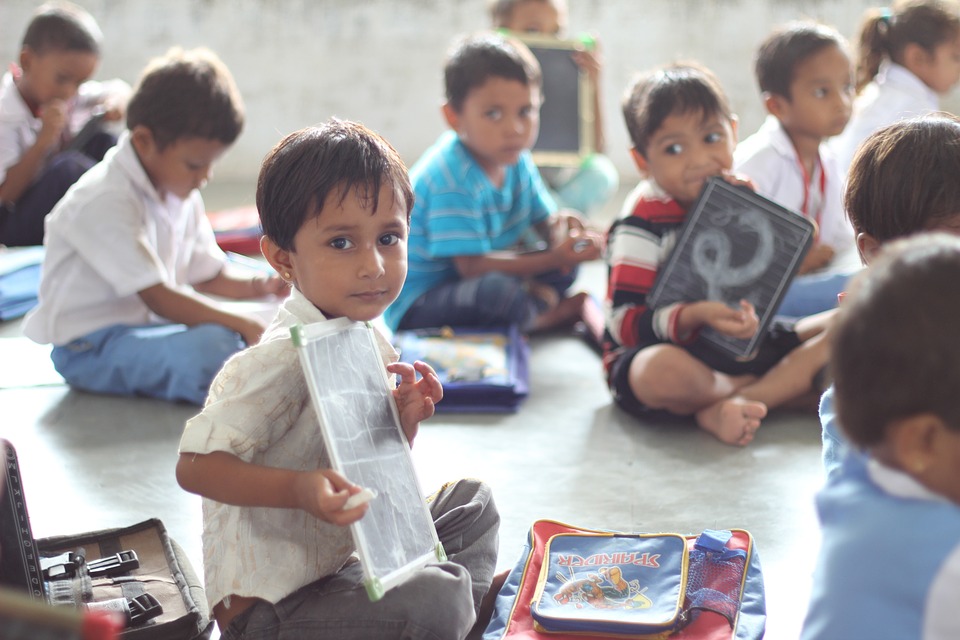
Babies learn to speak by being spoken to — no structured instruction is required to give language to children. Reading on the other hand, is not an evolutionary skill. Exposure to print is helpful, but it doesn’t automatically result in children learning to read. In other words, reading needs to be taught.
However, the lesser known fact is that reading is closely linked with speaking and listening. Most linguists agree that orality is the foundation on which literacy skills are built — ‘orality’ being a combination of verbal communication (speaking, listening) and non-verbal communication (via art, gesture, play). If children don’t learn to communicate well in early childhood, odds are they will struggle to read in school.
This explains why many Indian children (especially from low-income households) grapple with reading or comprehending English — a language that is absent in their homes (for which they have no orality). However, how does one interpret the annual ASER results, where Grade V children are unable to read a Grade II textbook in a local language they can speak and understand? Is this entirely because of poor teaching in schools, or is there something to the vernacular that we are missing?
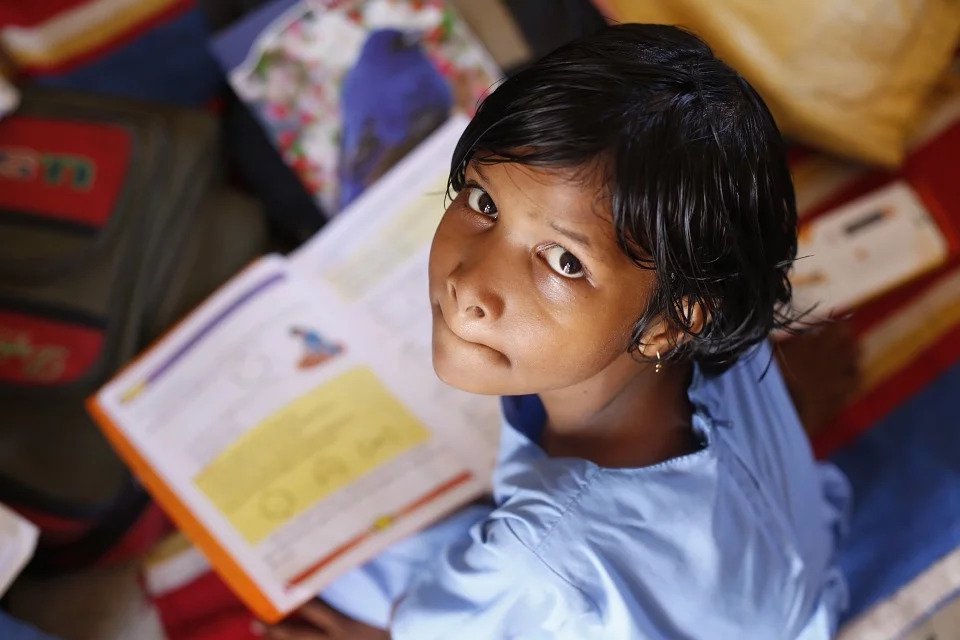
Indian languages versus English
Much of the work on literacy is based on empirical studies of alphabetic writing systems — such as English. The assumption is that findings from English language learning would apply to how the brain learns languages in general. It turns out, this might not be true. Linguistics researchers argue that different parts of the brain get excited when one looks at different languages. This is because languages come with diverse visual representations, and also vary in their conceptual structure.
For instance, authors of the Literacy Research in Indian Languages (LiRIL) study discuss how Indian languages differ from English in many ways. While English alphabets can have different phonetic sounds—depending on the word they are in (the famous ‘put’ vs ‘but’)—Indian languages have ‘a one-to-one correspondence between letter and sound.’
Another difference lies in the subtlety between different letters in Indian languages, such as the aspirated and the non-aspirated versions of a sound. Take for example the sound ‘guh’ for gaana (song) versus the sound ‘gh’ for ghee in Hindi. In English, the word ‘ghee’ might be pronounced as ‘gee’—without the emphasis on the ‘h’ sound—because it does not have the same aspirated sounds as in Hindi.
Indian scripts are also visually represented differently from English. “The visuo-spatial arrangement of syllables in the script is very complex. The swarachinhas/maatras can be placed above, below, to the left, or to the right of the letter.” 3 Furthermore, consonants are often presented in combinations with one another (in half-forms) which is absent in English.

These differences show that Indian scripts are qualitatively different from English. Given the particularity of Indian languages, it is clear that more research is required on how children acquire reading in these languages, and how quickly they can be expected to master it. The ASER Early Years (2019) survey reports that only 16 percent of Grade I students can read their grade level textbook—and of those, a majority are 7-8 year olds with the younger children in the class lagging behind.
It is useful to note that the survey found that older children did better on all tasks compared with younger children in the same grade, and taking cognisance of developmental nuances is also important when designing curriculum. However, the Draft National Education Policy (2019) does the opposite by suggesting that all children be required to read and write in three different scripts by Grade III. This suggestion is preposterous, and unmoored from the science of reading, or the Indian context.
Indian language speakers might be underserved by the school curriculum
While much has been written about poor teaching in governments schools, the role of curriculum in mediating teaching needs to be examined as well. To start with, the curriculum development process is a centralised one, driven by committees that are staffed without adequate representation from marginalised social groups. As a result, one often finds a more sanskritised rendition of the local language being presented in textbooks.
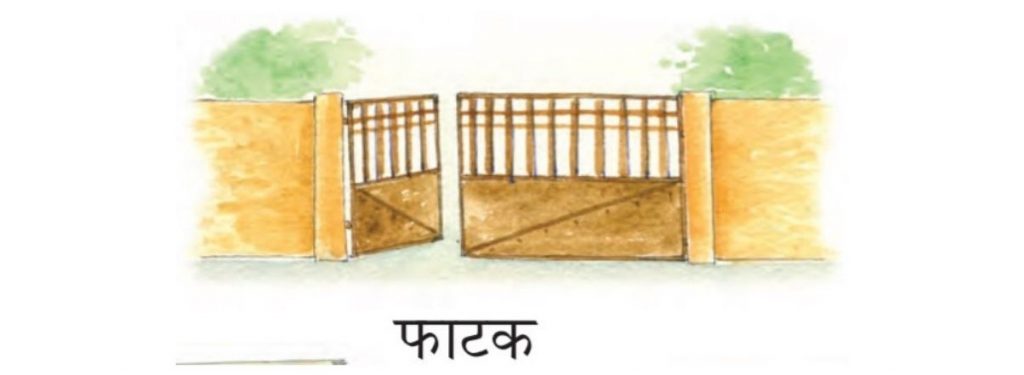
The image above is from Chapter 1 of the National Council of Education Research and Training (NCERT) Grade I Hindi textbook. Here, gate is labelled ‘phatak’, whereas, ironically, most Hindi speaking six year olds would call out ‘gate’. One might ask why this is a problem—if children know gate, can’t they easily learn that a gate in Hindi is called ‘phatak’?
But the issue is not one of vocabulary. The challenge here is getting children’s minds to develop a relationship with text in the first place; to see text as something that has meaning, the way eyes makes sense of the physical environment, and ears make sense of speech. To accomplish this, early literacy curriculum must stay close to what a child already knows, and speaks. But presently, this is not the case. What exists today is a highly refined curriculum that subverts the orality of children, and prevents them from seeing print as a reliable interlocutor of their thoughts and ideas.
There is another issue in the way language in the school curriculum is presented. Most Indian language instruction rides on a sequential presentation of consonants, with vowels making an entry somewhere later in Grade I. The issue with this method is that it is not in sync with how children speak or understand language.
Researchers of the LiRIL study analysed state curriculum in Marathi and Kannada, and report the following: “Commonly used words in the child’s oral language naturally include vowels (for example, from Kannada—hesaru [name], mane [house], nanage [me])—and conjunct consonant sounds (amma [mother], nimma [your], akka [sister]). However, the early words presented in the activity cards and workbooks consist largely of rhythmic words (gara-gara, sara-sara) or sanskritised words (arasa [king] or bharani [pot]). This is because these words are easier to write in the local script than more commonly used words; for instance, salaga (tusker) is easier to spell than aane (elephant) and therefore students are made to learn the word salaga.”
The researchers found that about 80 percent of the words presented in the activity cards during the beginning of Grade I were unlikely to be in the spoken vocabulary of children in Karnataka. A telling instance is excerpted from the report below:
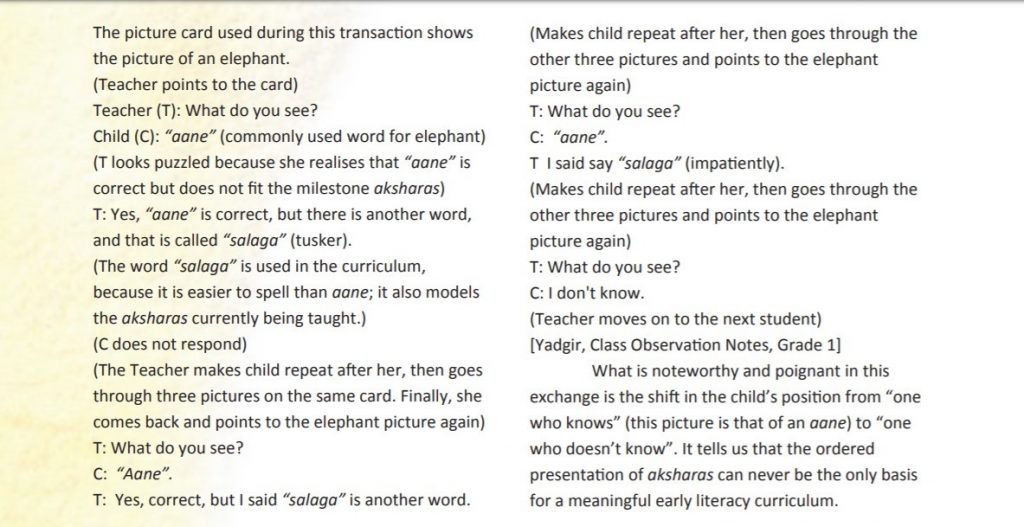
Here, one can argue that the teacher also defaults to repetition as a method for re-teaching. But, without knowing the links between language and literacy, or having a curriculum that supports progressive instruction, teachers continue to operate in a rote and repetitive mode. For teacher training to be better informed, curriculum reform is necessary.
Curriculum, context, and culture
A final point around curriculum pertains to its engagement with the context in which it exists. Western research shows that poor readers struggle to connect the text they are reading with their own lives. Indian readers, in contrast, tend to connect text unexpectedly with their lives.
In a text engagement exercise with a Grade III student in Yadgir block, Yadgir district, Karnataka, the authors of LiRIL experienced the following:
Researcher: So now what will happen? Will the rats go to the feast?
Child: The rats will go.
Researcher: Why?
Child: You invite us for dinner, we will come, na? Like that.
Another one from a Grade III student in Wada block, Palghar district, Maharashtra:
In The Catty Ratty Tale, the cats decide to start singing so that all the cats know it is time to attack the rats.
When the cat starts to sing the child is asked:
Q: Why are the cats singing?
A: Because it is Ganapati (puja).
There can be many theories for why poor children give tangential responses to questions that require them to analyse text. One point of view is that children get limited opportunities in school to talk about their thoughts and ideas, so when researchers come to classrooms and create that space, children optimise it by talking about their life.
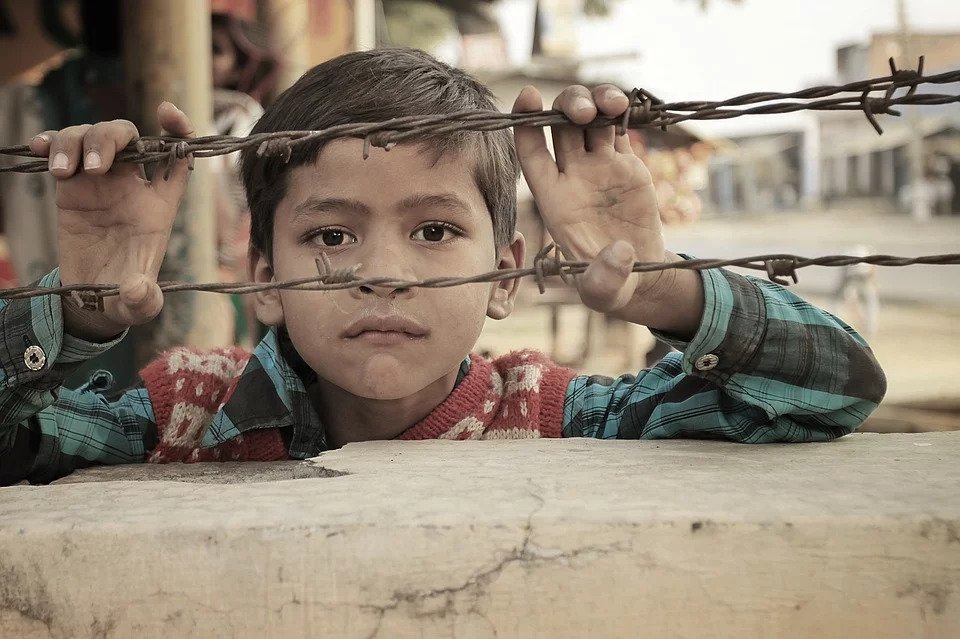
The other, more ironic take, can be borrowed from a presentation by former NCERT director Krishna Kumar, who remarks about the disconnect between text and meaning for most ordinary (poor) Indians. Every day, children in India grow up seeing human behaviour in contradiction with the written word. Men publicly urinate on the sign ‘yahaan peshaab karna mana hai’ (‘It is forbidden to urinate here’); garbage piles around places where ‘do not litter’ is written. Unable to discredit their lived experience, children discredit text as a source of information. When questions based on text are asked, children respond by pulling from common sense or what they already know. Whatever be the reason, this fractured relationship between children and reading needs addressing.
To strengthen children’s engagement with literature, early grade curriculum needs to be designed as a bridge between children’s spoken language and the text they are expected to start reading. For this, more classroom time should be allocated for activities like storytelling, show-and-tell, poetry, and unstructured conversation. Needless to say teachers would also have to be orientated on better approaches for language learning as well.
The article was first published here
Natasha Joshi is an education specialist based out of Bangalore. She has worked with education departments in India, Mexico and Singapore, and holds a degree in Human Development and Psychology.

